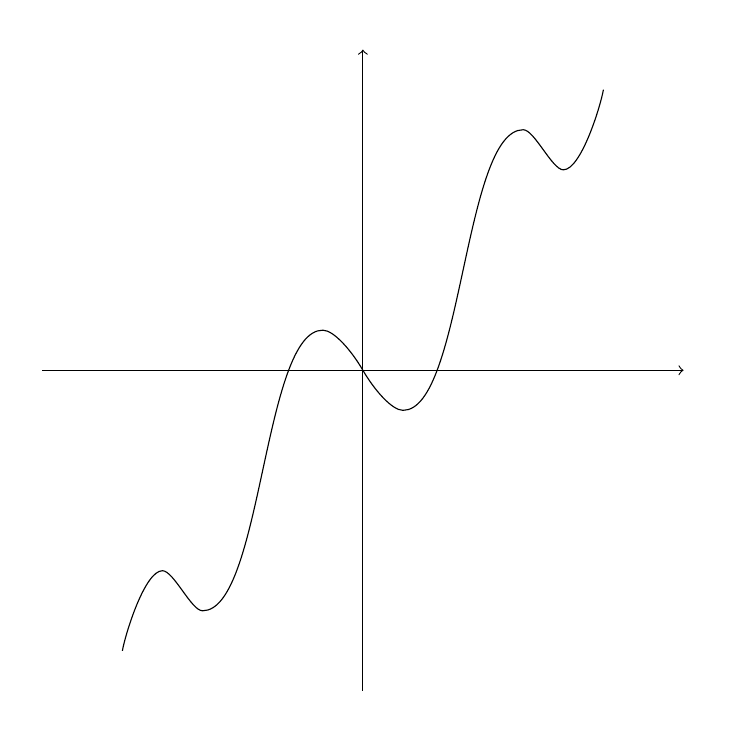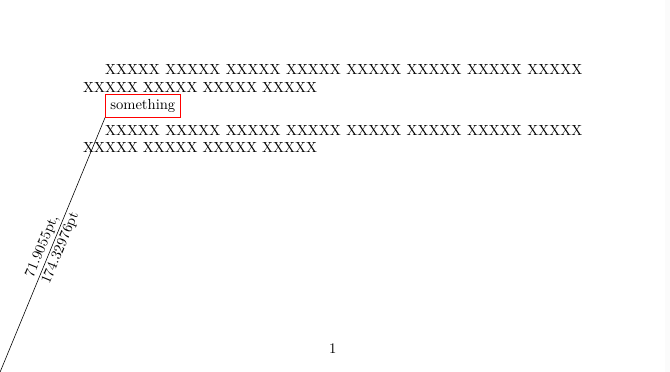
点 E 在 AB 上运动, 保持三角形 EOD 为等腰直角三角形, 点 D 的轨迹是直线 BD, 线段 ED 的中点 C 的轨迹是 OB 的中垂线 GF.
对点做旋转, 取中点就行了. 下面复制了前面答主的代码.
\begin{tikzpicture}
\tkzDefPoints{0/0/O,4/0/B,0/4/A}
\tkzDefPointBy[rotation=center B angle -45](O)
\tkzGetPoint{E}
\tkzDefPointBy[rotation=center O angle -90](E)
\tkzGetPoint{D}
\tkzDefMidPoint(E,D)
\tkzGetPoint{C}
\tkzInterLL(O,A)(B,C)
\tkzGetPoint{M}
\tkzDrawPolygons(O,A,B O,B,D O,B,M O,C,D)
\tkzLabelPoints[below left](O)
\tkzLabelPoints[left](A,M)
\tkzLabelPoints[below](D,B)
\tkzLabelPoints[left](A,M)
\tkzLabelPoints[above](C)
\end{tikzpicture}















问 有条件限制的等腰直角三角形绘制